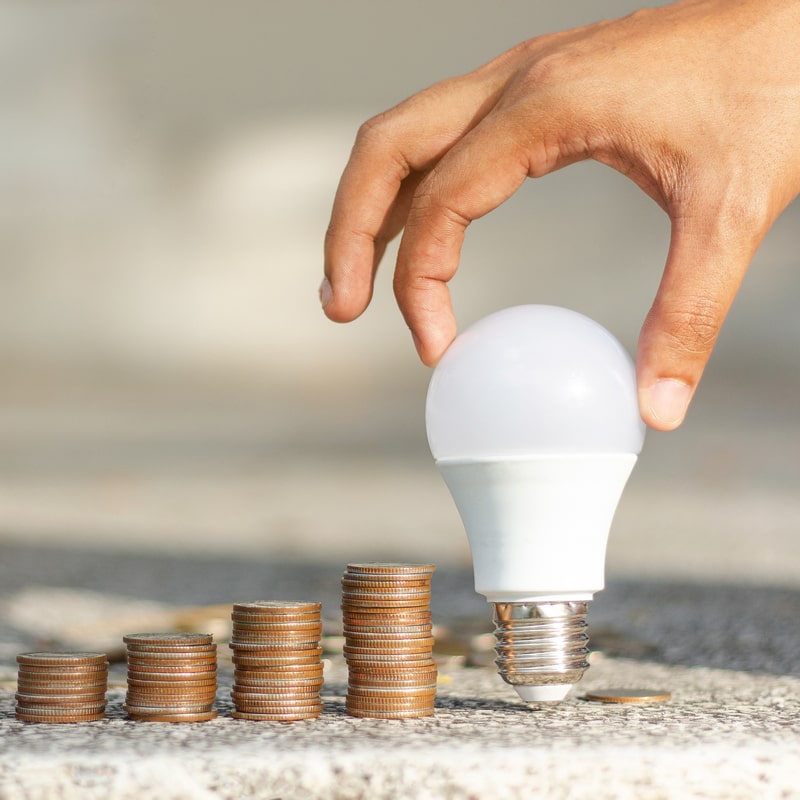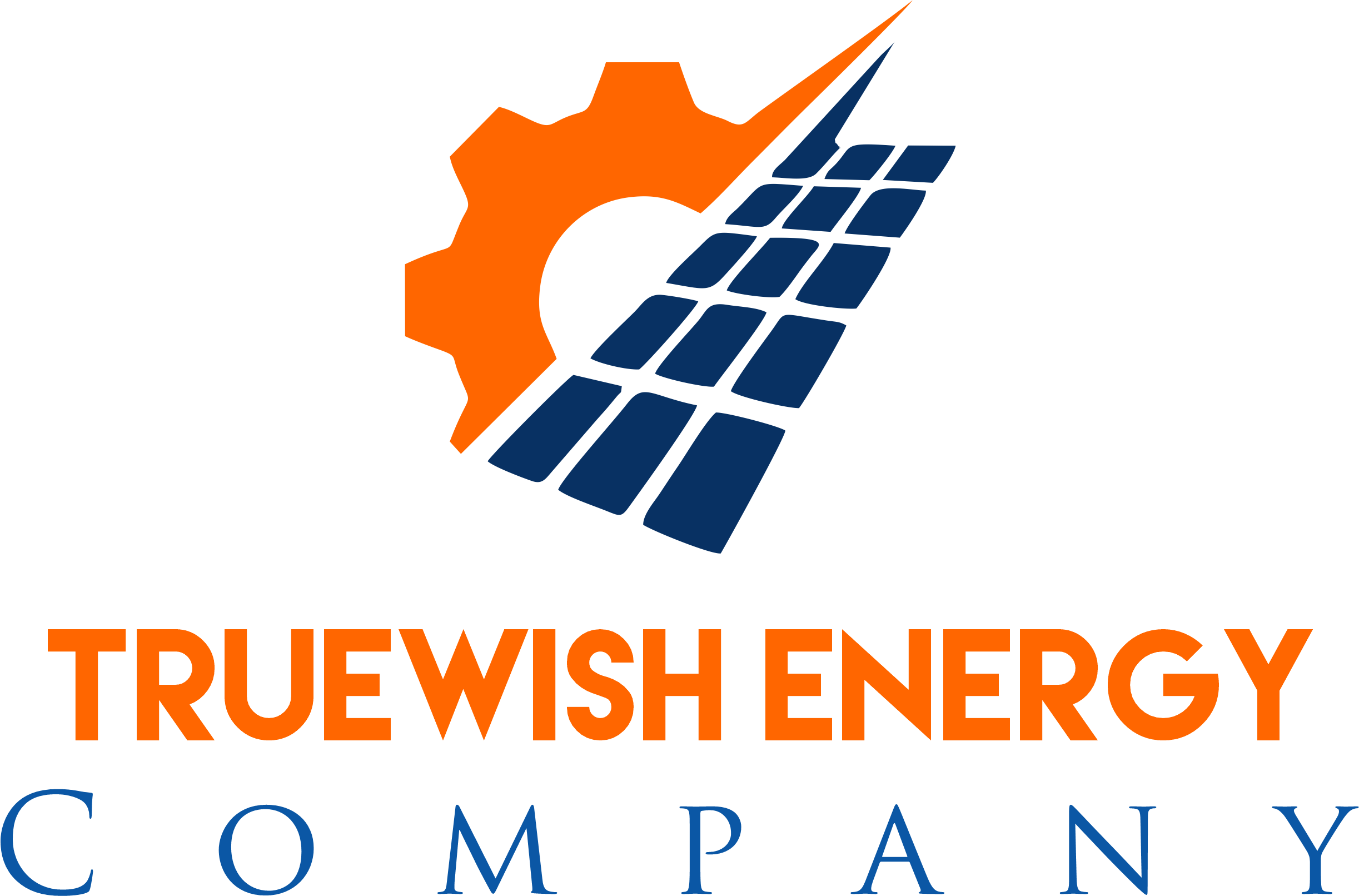
How to Minimise your Monthly Electricity Bill with Genus Inverters
While it may be obvious, let’s understand one thing – inverters do not generate electricity. A diesel gen-set does, but then that consumes energy from diesel to generate power. An inverter, instead, consumes grid power (when the mains are on) to store electricity in batteries. This stored power is then delivered to your appliances, via the inverter, when the mains fail. So, please don’t compare your electricity bill, say, for April when there were no power outages with the bill for May when there were, and your inverter took over to run appliances. The bill for May will be higher, for two reasons:
- The inverter itself requires electricity to keep running
- There are conversion losses in the use of an inverter
So the Key here is – Minimising Conversion Losses
Now that you have understood that there is power consumed in providing a power back-up, we look at how to minimize conversion losses. Reduction in losses will have a positive impact on your monthly bill. Let us understand the conversion processes briefly so that minimizing losses is understood. This will help you appreciate our claim that Genus inverters minimize your electricity bill.
- The batteries can store electricity only in the form of direct current (DC) while the grid power is in the form of alternating current (AC). Your inverter first converts the AC to DC to charge the batteries and store energy (or power, or electricity).
- When mains fail, the inverter immediately converts this stored DC back to AC since your appliances can only run on AC.
Why Genus products are Superior
AC to DC: The conversion loss here is reduced by using superior copper transformers compared to cheaper aluminum. You would know that copper is a better conductor of electricity; though it costs more, our Proton range uses this to repay you in lower electricity consumption.
DC to AC: There can be a wide variation in efficiency here ranging from 40% to 95%. We call this the Power Factor. Put simply; it is the proportion of the overall voltage delivered in phase (in harmony) with the incoming power line. The more the harmony, the better your appliances run, the more the efficiency and the lower the bills (immediate, as well as long-term life of appliances). Let us understand this some more:
Square Wave: this is the cheapest, yielding an efficiency of around 40%
This is suitable for very basic requirements of lighting and heating, though the hum of the appliances when running. Have you noticed your neighbor’s fan humming since it runs on an old-fashioned inverter? You can go for this only if there is no laptop or mobile phone to be charged during an outage. Today, even tube lights come with a ballast—this inverter type is not recommended.
Modified Sine Wave: Our Thunder range is priced as the square wave but gives 90% efficiency
Yes, that is the wonder of our technology. With the Thunder, you can charge your laptop, mobile and run your appliances. The other piece of good news is that it is compatible with different battery types like lead-acid and tubular.
Pure Sine Wave: hi-tech for sophisticated appliances, requiring 93-97% efficiency
Go for our Proton Q or the latest Proton K. Pure sine wave inverters means there would be no issues with your, RO water purifier, laser printer or computer screen, small water motors, room coolers, etc. This range charges even at low incoming voltage.
Now, after knowing the entire scenario what would you like to go for?
An inverter which gives only 40% efficiency or Genus Inverter which promises you 90% efficiency in the longer run.
